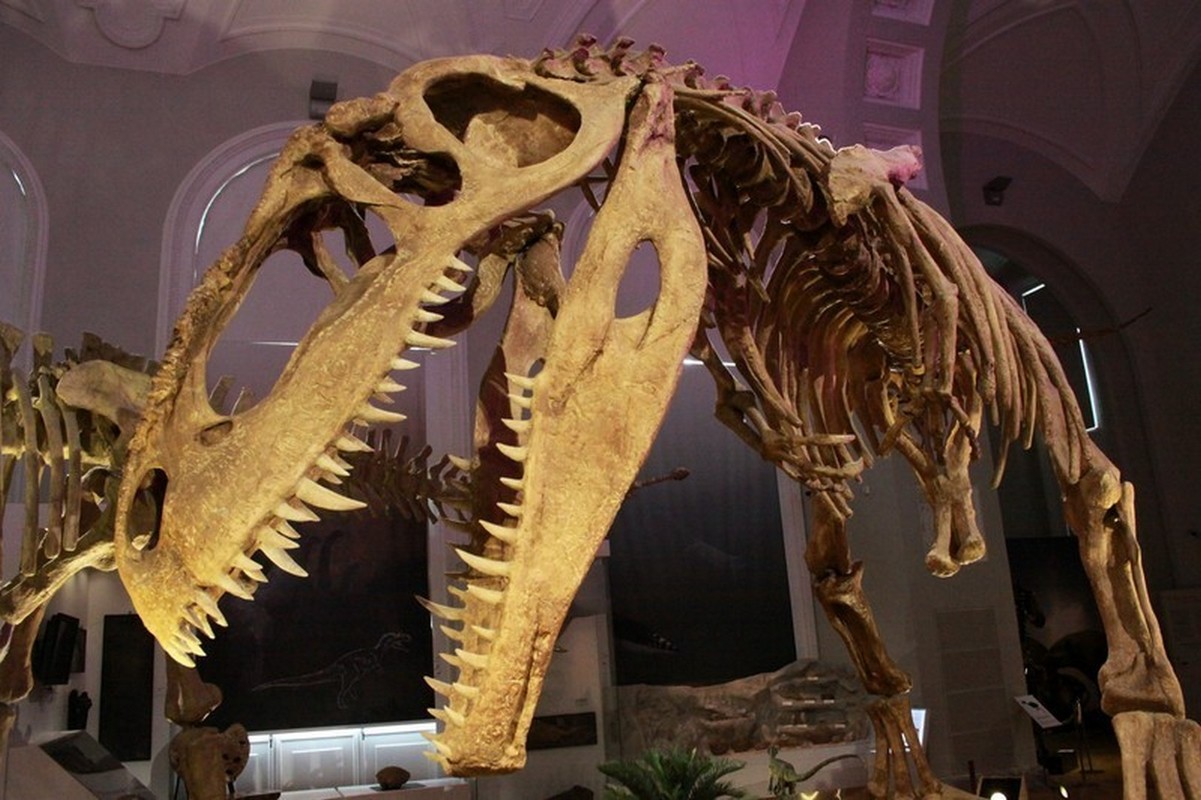16.1 The history of life
There has been life on Earth for about four billion years. During this time, a huge number of species have evolved and become extinct.
Life was very simple in its primitive days. The organisms were microscopically small, single-celled archaea and bacteria. Gradually single-celled organisms developed into multicellular organisms.
These organisms gradually evolved into more complex multicellular organisms such as plants, fungi, and animals. All life was in the water until about 400 million years ago, when life began to move from sea to land.

Dinosaurs are the most well-known extinct group of animals.
The gradual process by which different kinds of living organisms are believed to have developed from earlier forms during the history of the Earth is called evolution. Studying fossils, or remains of organisms found in old rock formations, produces information about the process of evolution by showing what life looked like millions of years ago.
By comparing the structure of the organisms and the evolution of the individuals, we can see how closely or distantly the species are related to each other. In recent decades, comparisons of the genetic material of all organisms, DNA, have become the most important means of studying evolution.